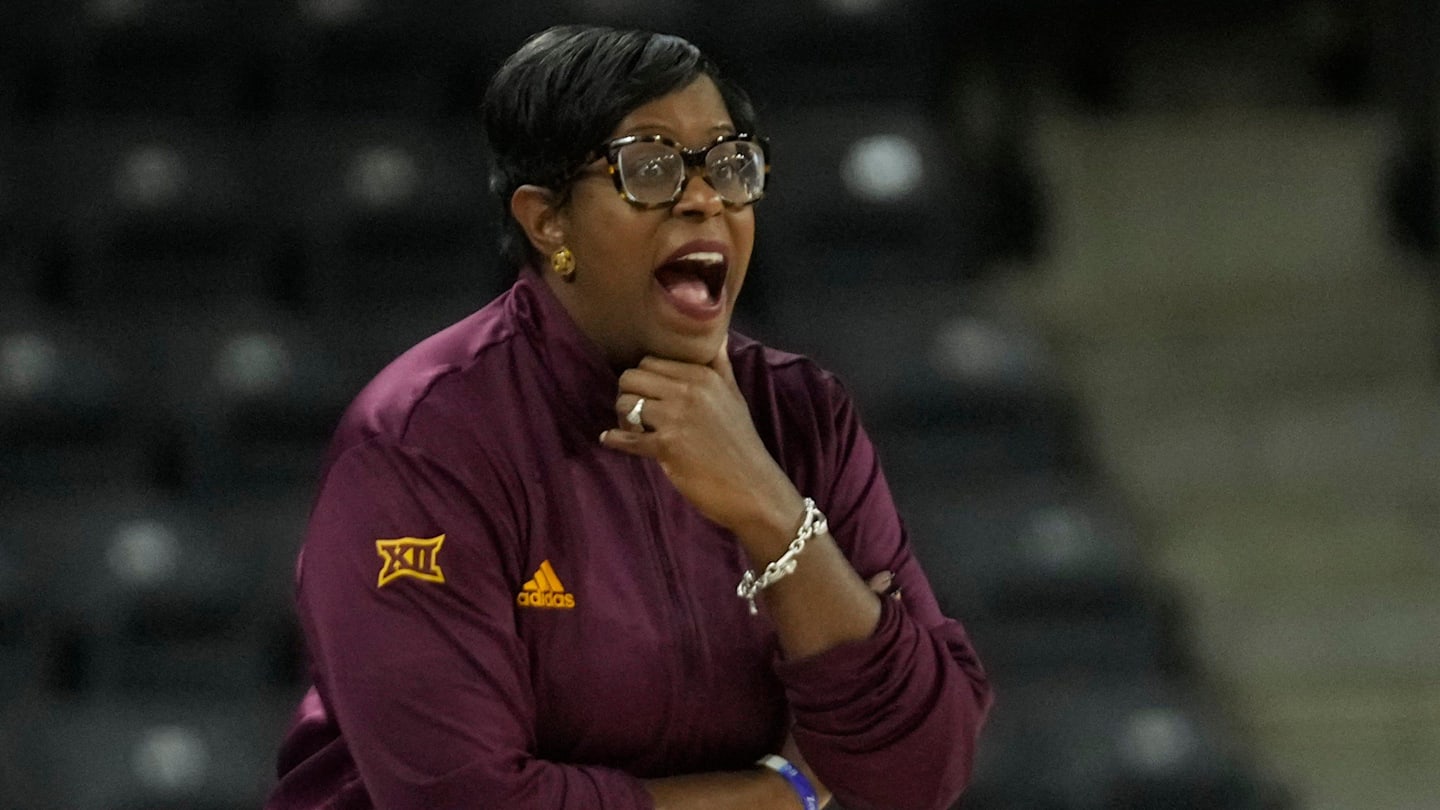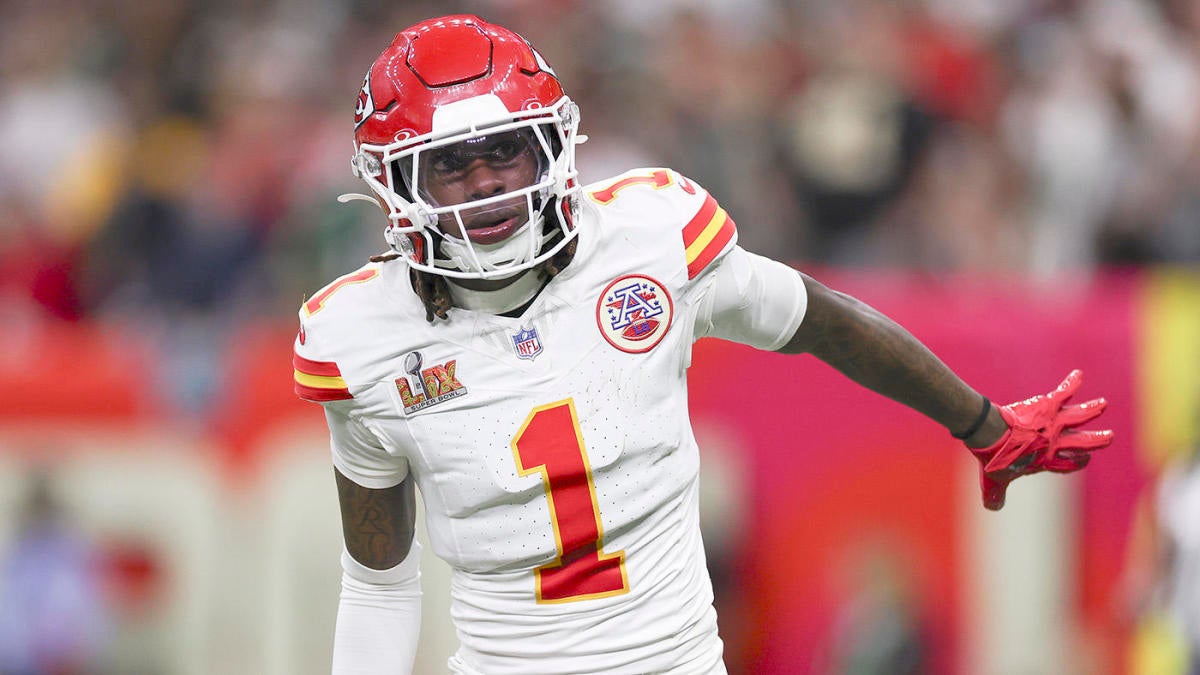‘I Gained 50 Pounds Of Muscle With This Workout Combo’

Despite growing up very active (I started dancing from a young age and played basketball and ran track in high school), I reached a point of having pretty much zero movement in my life by the time I graduated from college. I stopped all of my athletic endeavors as I focused on academics in my college years.
I slipped further into a sedentary lifestyle when I started working in an office job I was very unhappy with after graduation. Then, in 2017, I had surgery to repair a congenital heart defect and lost my grandmother a month after.
This marked the beginning of a really dark time in my life, and I began to take notice of my physical health starting to deteriorate. I was sick and under-eating because food brought me no joy. I felt like I was living in one big shade of gray.
I finally asked myself: How do I break out of this shell I am in?
That’s when I walked into a boxing gym.
I never even imagined I would find myself throwing jabs and crosses as a mental health release, but I knew I had to do something to jolt me out of my rut. (I thought the idea of learning some type of self-defense was interesting and valuable.) I quickly started looking forward to being part of the boxing gym the community. The group bag classes gave me something to get excited about.
One of my favorite instructors decided to open his own martial arts (Muay Thai) gym. I switched over to specifically Muay Thai training and, through the gym, got introduced to weightlifting in 2019.
I began participating in fights, but it was hard on my body.
I was training four to six days a week. I was enjoying putting on size and muscle strength training and lifting weights, but for fights, I would have to cut weight, and the yo-yoing took a toll on my body.
I also got a lot of injuries during training. I broke ribs and fractured my nose. I struggled to turn on the aggression and didn’t like hurting my friends during our sessions.
In June 2022, my opponent dropped out of a scheduled fight without notice that I had been preparing and cutting for. I finally asked myself: Is this healthy for my body?
By 2023, I put a hard stop on Muay Thai to focus on strength training. At first, I thought I wanted to try bodybuilding, so I hired a coach to help support me. However, I quickly learned that bodybuilding was not what I wanted to do; I didn’t necessarily want to focus on an aesthetic goal—I wanted to prioritize getting as strong as possible.
I decided to turn to powerlifting so I could focus on building pure strength.
I started lifting four days a week. I was already pretty strong thanks to my martial arts training, but I was pretty much starting from the ground up with a totally new style of strength training. I connected with a powerlifting coach at Palmetto Pump House in Charleston, South Carolina, where I live, to help me structure my workouts and help me achieve proper form. My life forever changed.
I usually get my workouts in following breakfast so I can fuel up properly with carbs and protein first. I am admittedly in the gym for hours because powerlifting requires long rest periods and patience as I work toward heavier lifts.
I start with a 15-minute warm-up before I get into compound lifts (which are exercises that recruit multiple muscle groups at the same time). Each day I have one specific lift I focus on—like bench squats or deadlifts. Everything is pretty low reps in powerlifting, typically nothing more than five reps (since you only do one rep in competition!).
My max squat is now 322 pounds (up from 200 pounds). And I’ve increased my deadlift—which is my favorite move—from 285 pounds to 391 pounds. Part of the appeal of powerlifting in the beginning was watching my “newbie gains” happen nice and fast; you typically progress more quickly in the beginning. It got me totally hooked in the best way.
I have put on nearly 50 pounds of muscle during my strength transformation.
Of course, my workouts are a huge part of my strength gains, but overhauling my nutrition and diet completely changed to train for powerlifting.
I had to educate myself about food and how it functions as fuel. I had to develop a different relationship about what food meant to me. I went from a mindset that eating food was to survive to one that is all about how food is fuel and power. I have to eat to gain weight and build muscle.
I started tracking macros and calories for purposes of weight gain, and I eventually even got a certification in nutrition from the National Academy of Sports Medicine (NASM) to really build that foundational knowledge of how to fuel for lifting.
I now eat 3,000 calories a day–aiming for 165 grams of protein, 90 grams of fat, and more than 400 grams carbs.
The confidence and discipline I’ve learned through powerlifting has translated into every area of my life.
One of my biggest takeaways from my journey is to stop comparing myself to others. I’ve learned slowly but surely that comparison is the thief of joy. It’s easy to compare myself or my fitness routine to someone I see online, but I now remind myself that there is a lot more to the story that isn’t being shared. In the beginning of my journey, I would stop myself if I started to judge my day one by someone else’s day 1,000.
I’ve also learned that a successful transformation journey ties back to community. As much as lifting is individual, powerlifting has introduced me to so much community. I am part of a whole team of athletes that push me and hold me accountable. When I say, “I can’t do this,” they say, “Yes you absolutely can.”
The powerlifting modality has also shown me that there is a lot of room for women in strength sports. I am 34 years old, and I’ve realized that you can show up any size, any age, to a powerlifting gym or meet. You will be welcomed and supported. It is a community full of people wanting to better themselves. Powerlifting has helped me become the healthiest, strongest, happiest version of myself.
Before I started powerlifting, I knew I was a strong person, but my physicality didn’t match how I felt on the inside. So, I started showing up to the gym to prove to myself how physically *and* mentally strong I am. It has transformed my mental health.
Related
Yaslen Clemente Shows Off Leg Day Gains and Shares Her…
Yaslen Clemente isn't just an influencer—she's a fitness powerhouse. The social media star is known for her intense workouts, and she recently sha
Samantha Espineira Stuns in Blue Swimsuit and Shares Her 5…
Samantha Espineira knows how to turn heads, both on and off the runway. The successful model and Instagram influencer regularly shares breathtaking
The Best Fitness Trackers To Help You Reach Any Health…
Best Health Tracker: Oura Ring 3Why We Love It: I’ve tried many, many fitness trackers—but I tend not to stick with one watch or band for very long. I’ve
#CycleSyncing debunked: Popular TikTok trend not backed by science
A new study has debunked a popular TikTok wellness trend called cycle syncing, which claims that tailoring a workout routine to match the hormonal changes that














